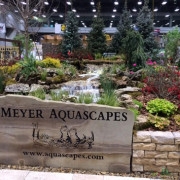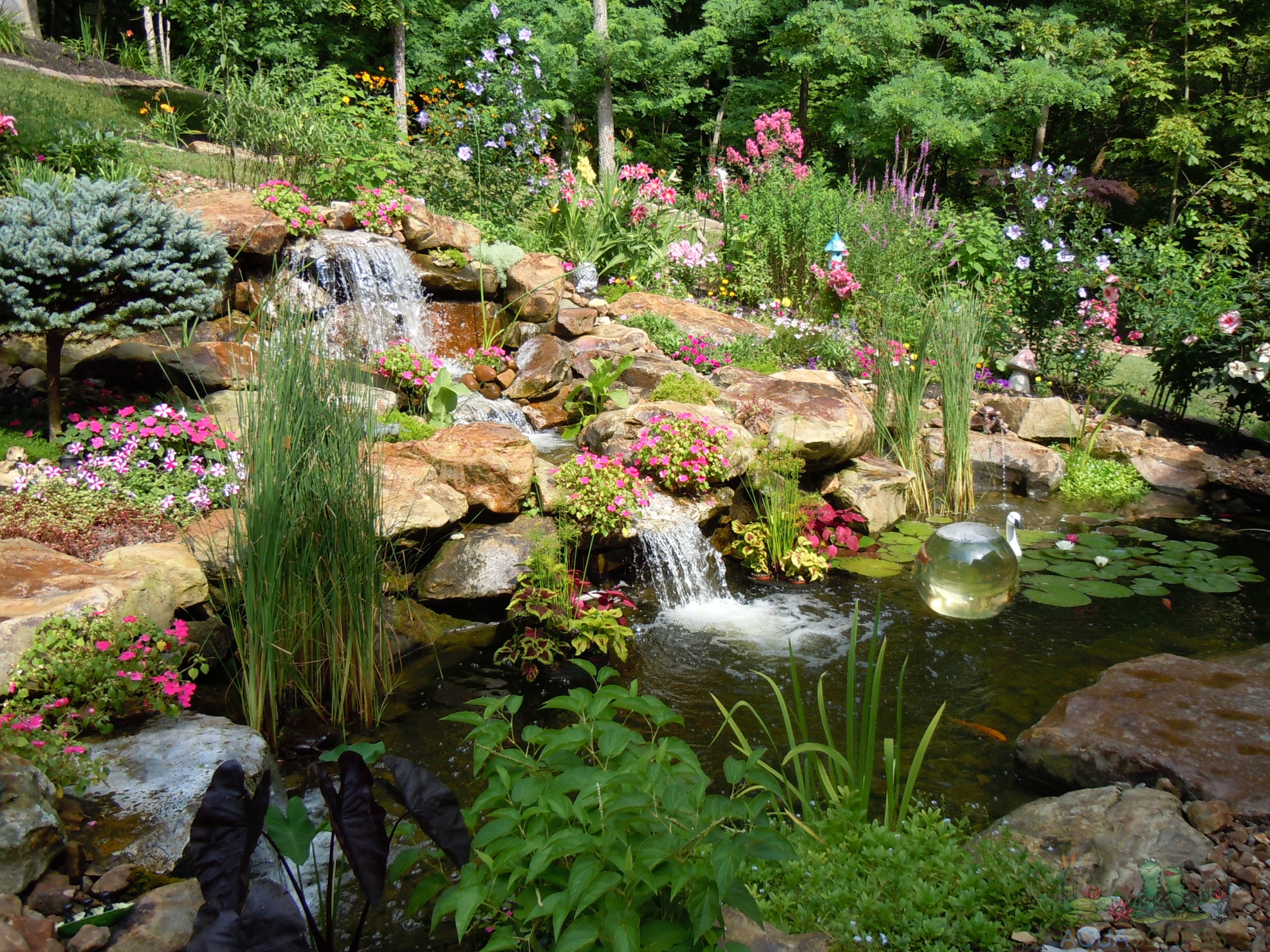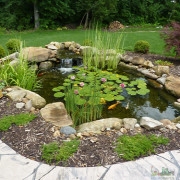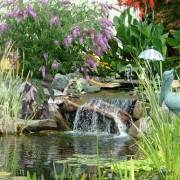Product Comparison: Pond Liners vs. Concrete
Battle of the Pond Foundations:
LINERS vs. CONCRETE
How to choose the right base for your backyard pond.
Creating a serene pond in your backyard is a fantastic way to enhance your outdoor living space. As pond owners, you’ll face crucial decisions to ensure the long-term durability of your water feature. One of the primary choices is whether to opt for pond liners or concrete as the foundation for your aquatic haven. In this blog post, we’ll compare the pros and cons of both options, helping you make an informed decision that suits your needs and the unique characteristics of the Cincinnati climate.
Pond Liners:
Pond liners have become a popular choice for many pond owners due to their flexibility, cost-effectiveness, and ease of installation. Here are the key pros and cons:
Concrete:
Concrete is a traditional and durable choice for pond construction. Let’s delve into the advantages and disadvantages:
PROS
Pond Liner Pros:
Concrete Pros:
CONS
Pond Liners Cons
Concrete Cons:
Ultimately, choosing between pond liners and concrete for your Cincinnati pond comes down to your preferences, budget, and long-term goals. If you prioritize flexibility, cost-effectiveness, and easy installation, pond liners may be the way to go. On the other hand, if longevity, sturdiness, and customization are crucial factors, investing in a well-constructed concrete pond may be the ideal choice. Whichever option you choose, ensuring proper maintenance and care will contribute significantly to the enduring beauty of your aquatic retreat.
Check out our store for all your water gardening needs! Aquascape products are Aquascape Inc. Certified.
Thanks for reading at Meyer Aquascapes! We hope you’ve enjoyed our post on garden pond design. Please leave a comment below if you liked it or have any questions. We’d love to hear from you! Thanks for stopping by!



 Meyer Aquascapes
Meyer Aquascapes



 Meyer Aquascapes
Meyer Aquascapes

 Meyer Aquascapes
Meyer Aquascapes